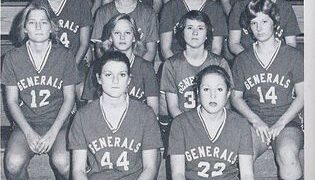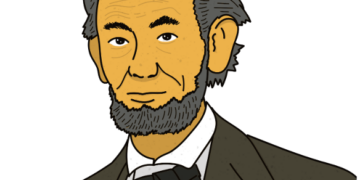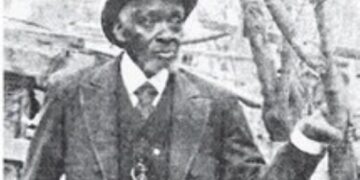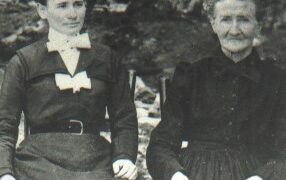by L.D. Kirklin
As a photographer, I’ve learned that taking a picture is far more involved than just pressing a button. Sure, by its simplest definition, photography is the process of using light to capture images. Beyond that however, there are many things that factor into taking a good picture, and even more into taking a great picture. While like beauty, good and great pictures are often in the eye (or opinion) of the beholder, but that doesn’t change the technical aspects of the artform. Shutter speed, aperture, the position of the light source, and many other things will determine how an image is captured.
However, it’s not just technical aspects that affect a picture. Many of the tools of photography are in the mind’s eye of the photographer. Things like the angle of the lens, distance from the subject, and background need to be thought out when preparing to capture an image. Perhaps one of the most powerful and overlooked tools a photographer can use is the tool of perspective.

One of the best ways to demonstrate perspective is the Dominant Eye test. You simply form a tiny triangle by overlapping your stretched out fingers to form the sides and overlapping your thumbs to form the bottom. Then, stretch your arms out so that the triangle is at eye level. With both eyes open, find something to focus on through the triangle. Now, close your left eye. If the object stays in the center, you are right eye dominant. If the object moves to the side, you are left eye dominant. If you close your right eye, the object should be in the middle for you.
The shifting of the object in focus demonstrates a change in perspective, or more plainly put, the way you view something. In photography, a shift in perspective can result in an entirely different picture. One step to the left or to the right can remove unwanted objects from the frame, or better position the subject with its surroundings. So often people plant their feet when they try to take a picture, robbing themselves of a better view of the subject.
Perspective isn’t just a tool for photography, it’s a powerful tool in everyday life as well. I recently had a young friend relate a situation to me and ask how she could have handled it, so she didn’t walk away feeling as bad as she felt. My conclusion was perspective. I asked her some qualifying questions that shifted the way she viewed the situation. By the end of our conversation, we had walked all around what happened and my young friend saw things not visible to her when she was in the situation. She was able to conclude that what happened had nothing to do with her as she initially thought, and she was able to have sympathy and grace for the other person involved.
I admit, I tend to struggle with perspective on occasion, not so much in my photography, but in everyday life. It’s easy to allow my logical brain to plant my feet in a situation, giving me only one viewpoint from which to capture my conclusions. I often need to remind myself, or be blessed with reminders from friends, to take a step back or to the side and look at the situation again. Though it doesn’t always change my conclusion, ten out of ten steps will show me something I couldn’t see from where I stood at first.
The fact of the matter is, perspective does not change an object in photography, nor does it change a situation in which we find ourselves. Perspective simply changes the way we view something.
In photography, perspective lends to a better composition for a photograph. In life, it lends to peace of mind, and there is power in that. The power to rise above. The power to forgive. The power to overcome. The power to heal. The power to be a better version of ourselves.
So, how are things looking from your current point of view? Would a step to one side or the other help bring clarity into frame? It’s important to remember that changing our viewpoint does not have to be a permanent decision; we can go back if a different perspective is better. It simply means that our goal is to capture the best view possible, and we want to put the effort into doing just that.
Never underestimate the power of perspective.
































